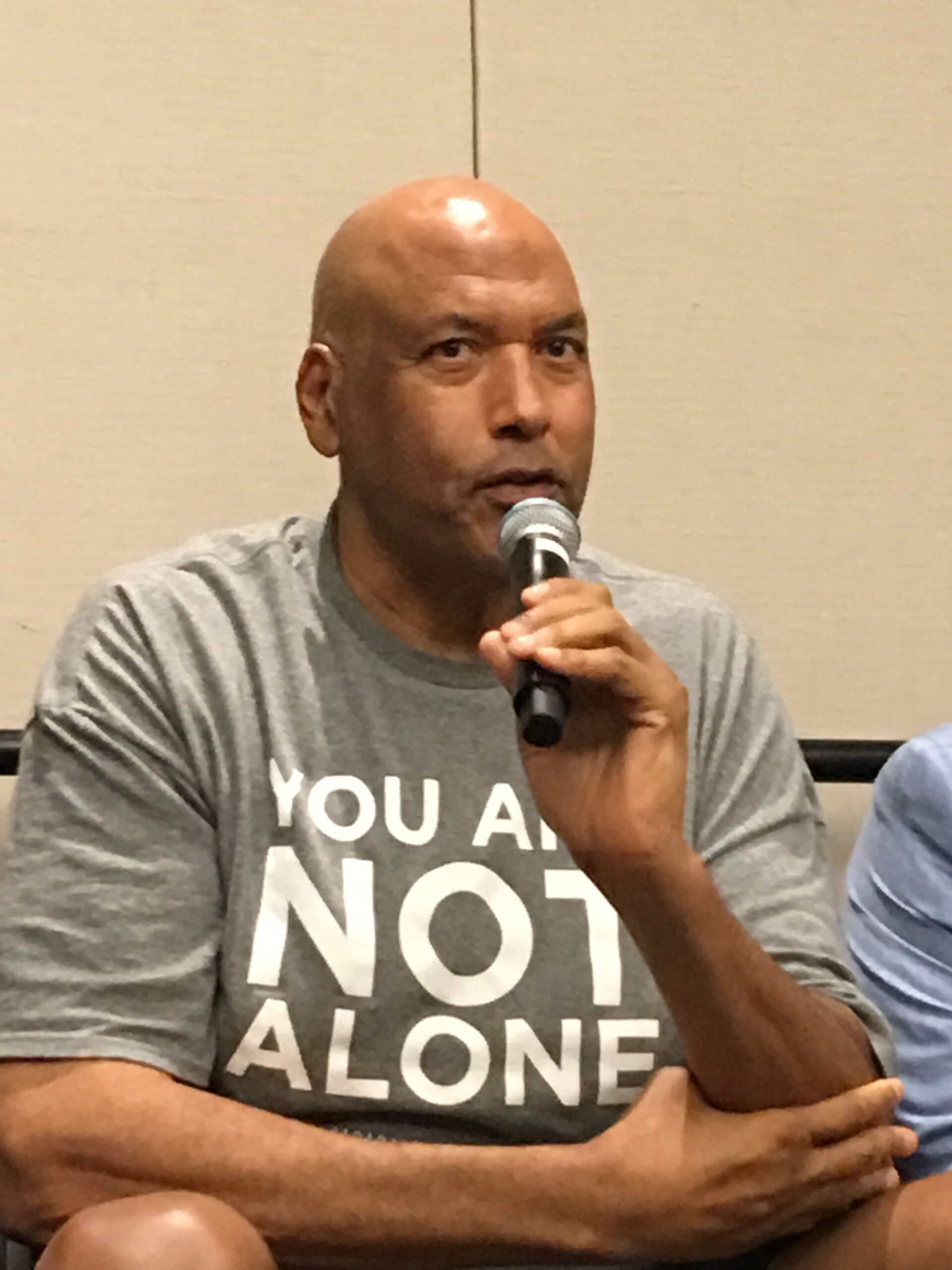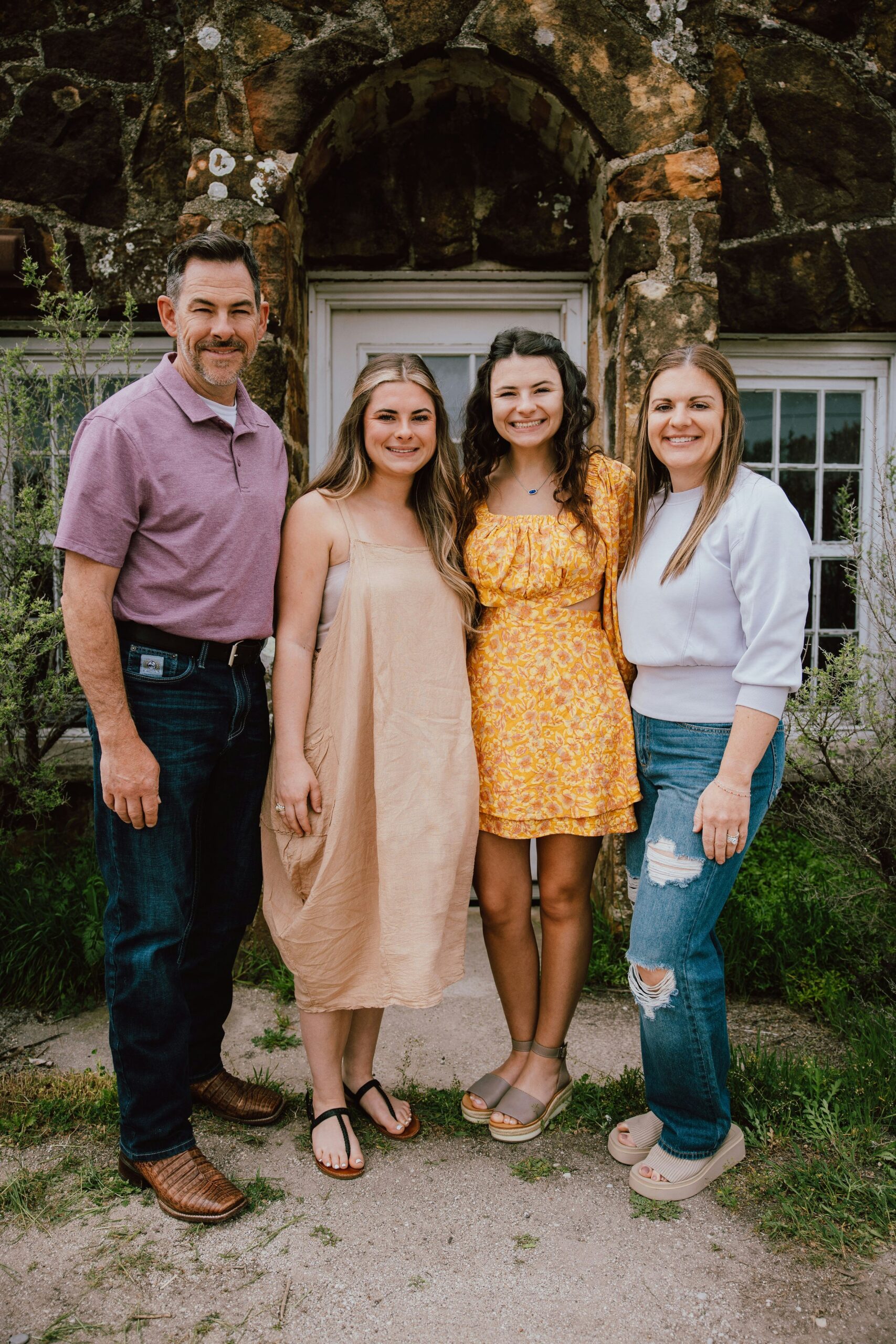

We've some practical tips that other people have found helpful when they've felt suicidal.
They may not all work for you, or different tips might work at different times.
Some of the tips focus on making things feel less intense right now. Others are longer-term, to help you cope if suicidal thoughts return in the future.
This page covers:
- Focus on getting through the next 5 minutes
- Keep yourself safe
- Tell someone how you're feeling
- Calm your body and mind
- Distract yourself
- Challenge your thoughts
- Make a safety plan
- Learn ways to manage difficult feelings
- Make a happy box
- Practise being kind to yourself
- Connect with other people
- Look after your physical health and wellbeing
- Seek support for suicidal thoughts
This page is part of our guide to:
Suicidal thoughts and suicide prevention
If you feel unable to keep yourself safe, it's a mental health emergency.
I remind myself that this isn’t how I actually feel, and try to remember how I felt about things and people when I was in a good mood. If I hold onto those good things, they always pull me out of the dark place my mind goes to.
Focus on getting through the next 5 minutes
Taking things minute by minute can help make things more bearable. Try and focus on getting through the current moment rather than thinking too far into the future.
If you can, make a deal with yourself that you won't act on your thoughts today.
Our ways to help yourself cope in a crisis page has practical ideas to help you through the next few minutes. They include:
- Relaxing and calming exercises
- Making a plan for the next few hours
- Writing down your thoughts
Keep yourself safe
If you feel unsafe, these are some things you could try:
- Remove anything you could use to harm yourself, or ask someone to remove these for you.
- If you're in an unsafe location, try and get somewhere safe if you can.
- If you're on your own, try and find people to be with if that would help. For example, you could go to a public place like a library or visit a friend.
- If you have a safety plan or crisis plan in place, follow it. These plans are a good way to save ideas for helping yourself when you feel unwell.
If you're thinking of harming yourself, you could try using techniques for coping with self-harm. For example, you could:
- Hold an ice cube in your hand until it melts and focus on how cold it feels
- Tear something up into lots of pieces
- Take a very cold shower or bath
Our page on helping yourself if you self-harm has more ideas.
Tell someone how you're feeling
Telling someone how you're feeling can help you feel less alone and more in control. This could be a friend, a helpline, or even a pet.
You can contact a mental health helpline if you don't have anyone you know that you can open up to. Or if you want to talk to someone confidentially.
For example, you could call Samaritans on 116 123 if you want to talk to somebody about how you're feeling at any time.
Or if you'd prefer not to talk over the phone, you could try a text service such as the Shout crisis text service – text SHOUT to 85258.
Calm your body and mind
Some people find these tips can help make suicidal feelings feel less intense.
- Focus on your senses. Taking time to think about what you can smell, taste, touch, hear and see can help to ground your thoughts.
- Steady your breathing. Take long, deep breaths. There's a breathing exercise in our relaxation information that might help.
- Go outside or open a window. Focus on the sounds around you, temperature changes, and any sensations you feel. This can help you to feel more connected to your body.
- If you can, try getting a glass of water or sitting somewhere comfortable. Try and have something to eat if you're hungry.
Try to avoid drinking alcohol or taking recreational drugs, as this can make you feel worse.
Distract yourself
Try and do something that takes your mind off the suicidal thoughts or channels your thoughts in a different way. You could try to:
- Watch a film or TV show, or something shorter like a music video if you're struggling to concentrate.
- Read a book or online article.
- Draw, paint, or do something else creative.
- Play a game or do a puzzle.
- Cook or bake.
- Listen to or play music.
- Use stress or fidget toys.
- Go for a walk to focus on things around you. For example, you could try to list 5 green things you see or touch different surfaces.
Challenge your thoughts
Suicidal thoughts can be overwhelming. If you can, try and challenge some of the things you think about yourself and your life when you feel this way.
- Write down what you're looking forward to. This could be eating your favourite meal, seeing a loved one, or the next season of a TV show.
- Make plans to do something you enjoy tomorrow or in the near future. The plans don't have to be big or expensive.
- Think about someone who cares about you and the positive things they've said about you in the past.
- Be kind to yourself. Talk to yourself as if you were talking to a good friend.
- Tell yourself you can get through this. Repeat to yourself that you can get past how you feel right now. This can help you to regain hope and focus on getting through it.
- Remind yourself that you deserve support and there are people who can help, even if it's been difficult to get support in the past.
See our page on treatment and support for suicidal thoughts for information about different ways to find help.
I truly didn’t believe anything could help. But all of the small actions, like making a safety plan, telling one person, writing one thing down. They helped the most...My suicidal thoughts didn’t want me to believe that such small things made a difference, but they saved me.
Make a safety plan
A safety plan is a plan to support you at times when you may be thinking about suicide.
This plan is personal to you. But it may include:
- How to recognise your warning signs. You could think about any changes in your thoughts, feelings or behaviour that you noticed before you felt suicidal.
- Your coping strategies. You may have found certain things helpful for coping with difficult feelings in the past. Try thinking about how you can use these things to help you now.
- The names and contact details of people you trust. These are people you can ask for help if you're feeling distressed.
- The names and contact details of professionals who can support you, such as your local crisis team.
- Details of helplines and listening services. These services can help you when you're feeling distressed. Trained professionals can listen to how you feel and keep you company, for as long as you need.
- What you can do to make your environment safe. For example, removing things you could use to harm yourself.
- Details of a safe place you can go for support. This could be the home of a friend, family member, or someone else you trust.
- How other people can support you. For example, what you might need help with, or anything you don't find helpful from them.
Try to make a plan when you can think clearly about what you would find helpful. You might want to complete the plan with someone you trust, such as a friend or therapist. You could also give them a copy of the plan to keep.
Developing a safety plan can take some time. It's ok if you feel overwhelmed by it or don't know what to write. It might help to complete it in a few stages.
You can write out a safety plan by hand or keep an electronic copy on your computer or phone.
Staying Safe has safety plan templates you can download or complete online. And Papyrus has suicide safety plan templates available in English and Welsh.
Is a safety plan the same as a crisis plan?
A safety plan focuses on what you can do now to keep yourself safe.
A crisis plan also focuses on what has helped to keep you safe in the past, but is more detailed. It covers what treatment you would like to receive if necessary, and whether you've made an advance statement or decision.
Learn ways to manage difficult feelings
Finding ways to cope with difficult feelings and what makes you feel better can be helpful. You might want to try to:
- Take each day at a time. There will be good days and bad days. Try to focus on each day at a time and set yourself small, achievable goals when things are hard.
- Find coping strategies that work for you. Think about what helps when you're feeling overwhelmed. It could be listening to a specific song, dimming lights, or going to a place you feel comfortable.
- Allow yourself to feel your feelings. Suppressing your feelings when they happen can cause them to build up over time. And make them even harder to cope with. Let yourself feel what you need to. And use coping strategies to manage them if that's helpful.
- Learn what makes you feel worse. Some people might call these 'triggers'. You might find certain environments, situations, or things people say are triggers for you. You might not be sure what your triggers are. To help work them out, you can track your feelings using a diary, planner or journal.
- Avoid blaming yourself. If you've tried to take your own life, or thought about taking your life, you may feel guilty afterwards. But remember you can't help how you felt.
As someone who doesn’t have many friends, has no pets, and is estranged from some typical 'go-to' family members, focusing on things that you can do for yourself can be useful.
#James Donaldson notes:
Welcome to the “next chapter” of my life… being a voice and an advocate for #mentalhealthawarenessandsuicideprevention, especially pertaining to our younger generation of students and student-athletes.
Getting men to speak up and reach out for help and assistance is one of my passions. Us men need to not suffer in silence or drown our sorrows in alcohol, hang out at bars and strip joints, or get involved with drug use.
Having gone through a recent bout of #depression and #suicidalthoughts myself, I realize now, that I can make a huge difference in the lives of so many by sharing my story, and by sharing various resources I come across as I work in this space. #http://bit.ly/JamesMentalHealthArticle
Find out more about the work I do on my 501c3 non-profit foundation
website www.yourgiftoflife.org Order your copy of James Donaldson's latest book,
#CelebratingYourGiftofLife: From The Verge of Suicide to a Life of Purpose and Joy

Click Here For More Information About James Donaldson

Make a happy box
Fill a box with memories and items that can distract you, give you comfort and help lift your mood when you have suicidal thoughts. Some people might also call this a 'hope box'.
The box can contain anything that's meaningful and helpful to you. For example:
- A favourite book
- Positive quotes
- Photos
- Letters
- Poems
- Notes to yourself
- A cuddly toy or blanket
- A perfume or smell that's important to you
You could also make a virtual happy box on your computer or phone. It could include links to things that help you feel better. For example, self-care apps, photos, playlists, or videos that make you laugh.
One idea I particularly love is a safety playlist, which you can fill with songs and music that not only might make you feel happier but also safer or stronger. You can then easily put it on for a mood boost or a distraction.
Practise being kind to yourself
Being kind to yourself can help improve your self-esteem and how you feel about yourself.
- Write a letter or email to yourself. Or write a note to yourself on your phone. It could include happy memories and mention people who care about you. This may be helpful to read when you're experiencing suicidal feelings. It could remind you of some of the positives.
- Makes plans to look forward to. Planning time to spend with others or doing things you enjoy can help you feel more positive about the future. It doesn't have to be something big like a holiday. It could be joining a club or catching up with someone for coffee.
- Do things just for yourself. Try to regularly make time for things you like to do. It could be doing a hobby you enjoy or going to the cinema or to a favourite café.
- Celebrate yourself. Write down your achievements and the things you like about yourself, however small. If someone compliments you, make a note of it.
Our pages of tips to improve your self-esteem could help improve how you feel about yourself.
Connect with other people
Spending time with people and building a support network can help with suicidal feelings. This may feel hard to do if you're isolated or feel very negatively about yourself. But there are groups and organisations that can support you.
- Try peer support. You may find it helps to talk to other people who've experienced suicidal feelings. Peer support brings together people with similar experiences, so they can share those experiences and tips to help each other cope. It can be in person or online. See our pages on peer support groups for mental health for tips.
- Volunteer. Spending time helping others can be rewarding. It can build your confidence and make you feel appreciated. You can find volunteer opportunities from different organisations on Do it.
- Join a group or class. This could be a group for a hobby you enjoy or a class to learn something new. You don't have to speak to everyone in the group or talk to people right away. But being around others regularly and sharing something you enjoy can help build connections. https://standingabovethecrowd.com/james-donaldson-on-mental-health-tips-for-coping-with-suicidal-thoughts/









